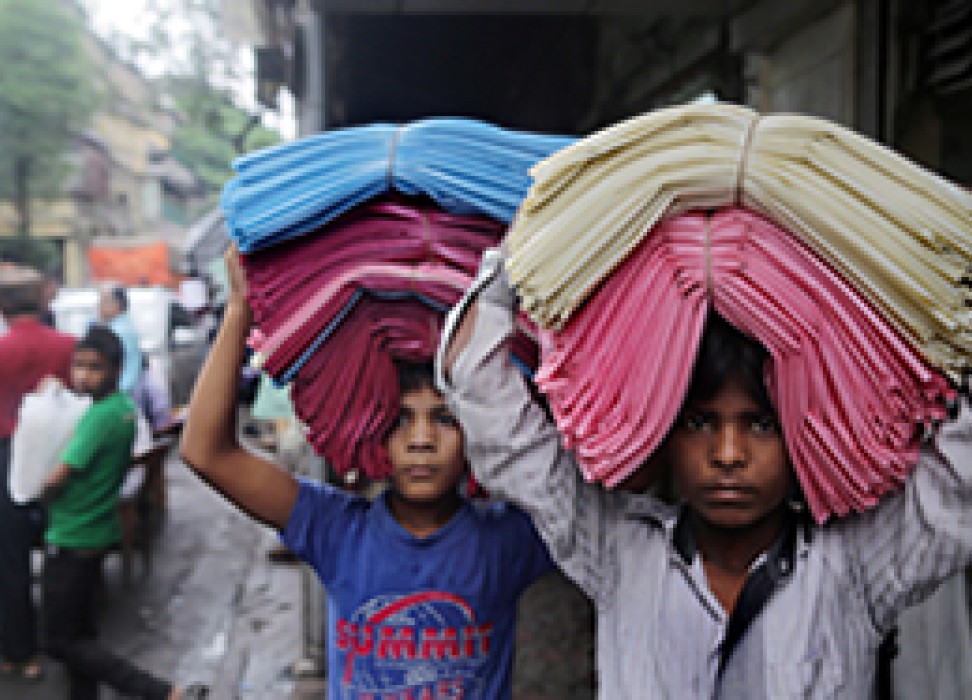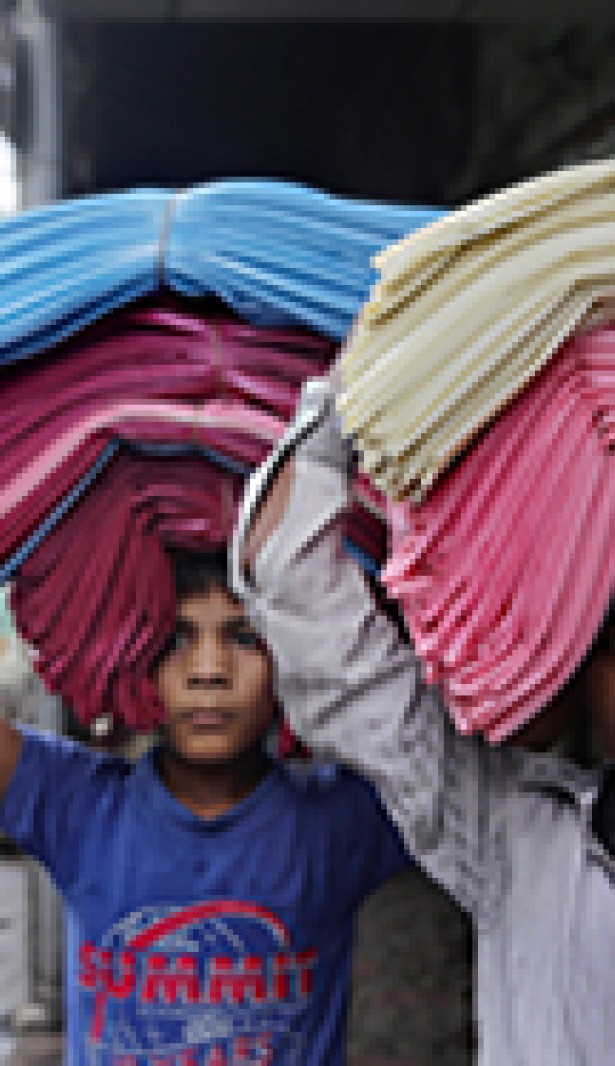Violence against children is unjustifiable and preventable
07 October 2014

“There is no such thing as an acceptable level of violence against children,” said Jane Connors, from the UN Human Rights Office. “Every society, no matter its cultural, religious, economic and social background, has the capacity to stop this violence and must do so.”
Connors, who is the director of the Research and Right to Development Division, made her statement as part of a panel discussion on ending violence against children. The panel took place during the 27th session of the Human Rights Council. The discussion focused on ways to try and accelerate an end to violence against children, with a particular emphasis on prevention.
Marta Santos Pais, the Special Representative of the Secretary General on Violence Against Children, said while a great deal of progress has been made in terms of protecting children against violence, there was still a great deal that was left undone.
Eight percent of homicide victims are under the age of 15 and more than half of all violent deaths affect young people between the ages of 15 and 30. And recent years have seen an increase in child trafficking – up from 20 percent in 2007 to 27 percent in 2010.
Indeed, she said, violence against children is so insidious that it hampers advancement in communities and countries.
“Put simply, violence can destroy development gains that took years and decades to build,” Pais said. “It is critical to preserve the elimination of violence against children as a distinct target and a cross cutting concern in the sustainable development goals. This will help trigger the mobilization of the much needed action and resources to build a world free from violence.”
There has been some progress. Jose Freyre, from the Latin American and Caribbean Movement for Children highlighted how the region has worked to come up with systems and tools to monitor and reduce violence against children. Calling the region “the most violent place on earth” for children, Freyre said through work with NGOs and UNICEF, the area has developed a monitoring tool to regularly measure progress and to help politicians make more informed decisions on child rights.
Pavel Astakhov, Russian Ombudsman on the Rights of the Child, said his country had a broad-based national programme to prevent violence against children and rehabilitate victims, and new technologies were being developed for both prevention and rehabilitation.
Fatiha Hadj Salah, a medical doctor from Algeria, said ill treatment against children could be detected by health workers who were in contact routinely with children. They can provide vital information and alert others of problems, even if they only have suspicions.
Prevention had to be prioritized to help children, said Benyam Dawit Mezmur, Vice-chairperson of the Committee on the Rights of the Child. Africa is a diverse continent but using prevention as a way to combat violence against children has been a similar theme in most countries implementing programmes.
Children also need to have a say in their safety, said Laila Khondkar from Save the Children in Liberia. In the kids clubs that they have established in Liberia, for example, giving children a chance to have a say in their treatment improves their skills, and their esteem, she said.
“Children do have the expertise,” she said. “If we give them all the information, they can make good decisions on their lives. We should not underestimate the ability of children to take control.”
7 October 2014

